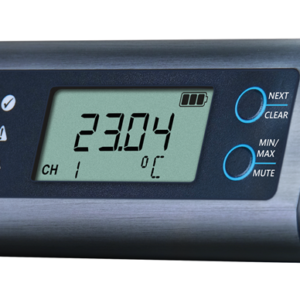
The best weighing systems are the ones that provide accurate, reliable measurements. This is true for all sorts of weighing applications, ranging from industrial manufacturing to food production.
In order to achieve high-quality results, though, you need the right type of load cell amplifier. Load cells are the most common type of weight sensor. They measure force by measuring changes in electrical resistance. Load cell amplifiers are used to improve the accuracy of these measurements.
In this article, we’ll discuss how load cell amplifiers improve accuracy and reliability in weighing systems.
Noise Reduction
Noise reduction is the reduction of electrical noise in a system. It’s achieved by using a load cell amplifier, which is designed to minimize the effects of external interference and other sources of unwanted electrical signals that can cause errors in your weighing system.
The most common type of noise comes from nearby devices such as motors or transformers, but there are also other factors that can cause unwanted fluctuations in weight readings.
Linearization
Linearization is the process of converting a non-linear signal into a linear one, and it’s an important part of load cell amplifier calibration. The non-linearity of a load cell is due to its non-linear strain/deflection characteristics.
To convert this signal into one that can be used by your weighing system, you need to calibrate your load cell amplifier with linearization parameters that will compensate for its non-linear behaviour.
Temperature Compensation
Temperature compensation is one of the most important aspects of load cell amplifier design. As you know, temperature can have a significant impact on the accuracy of your weighing system and therefore it’s crucial that you ensure that your load cell amplifier has been designed with this in mind.
The most common way to achieve this is through the use of a thermistor, which is incorporated into all modern load cell amplifiers (and many older ones). Thermistors are used because they have excellent sensitivity to temperature changes – so if there’s any discrepancy between readings taken at different temperatures then it will be picked up by your thermistor and corrected automatically.
Calibration
Calibration is the process of adjusting the load cell amplifier to ensure accurate readings. You can calibrate your weighing system by measuring the weight of a known mass, or you can use an optional calibration kit that comes with instructions and all of the tools you need to do it yourself.
Calibration should be done at regular intervals (typically every six months) to ensure that your weighing system remains accurate over time. If calibration isn’t done regularly, then readings will become increasingly inaccurate as parts wear out or degrade in some way.
Conclusion
As you can see, there are many benefits to using load cell amplifiers. They help improve the accuracy of your weighing system by reducing noise and linearization errors, as well as correcting for temperature fluctuations and calibration drift over time.






